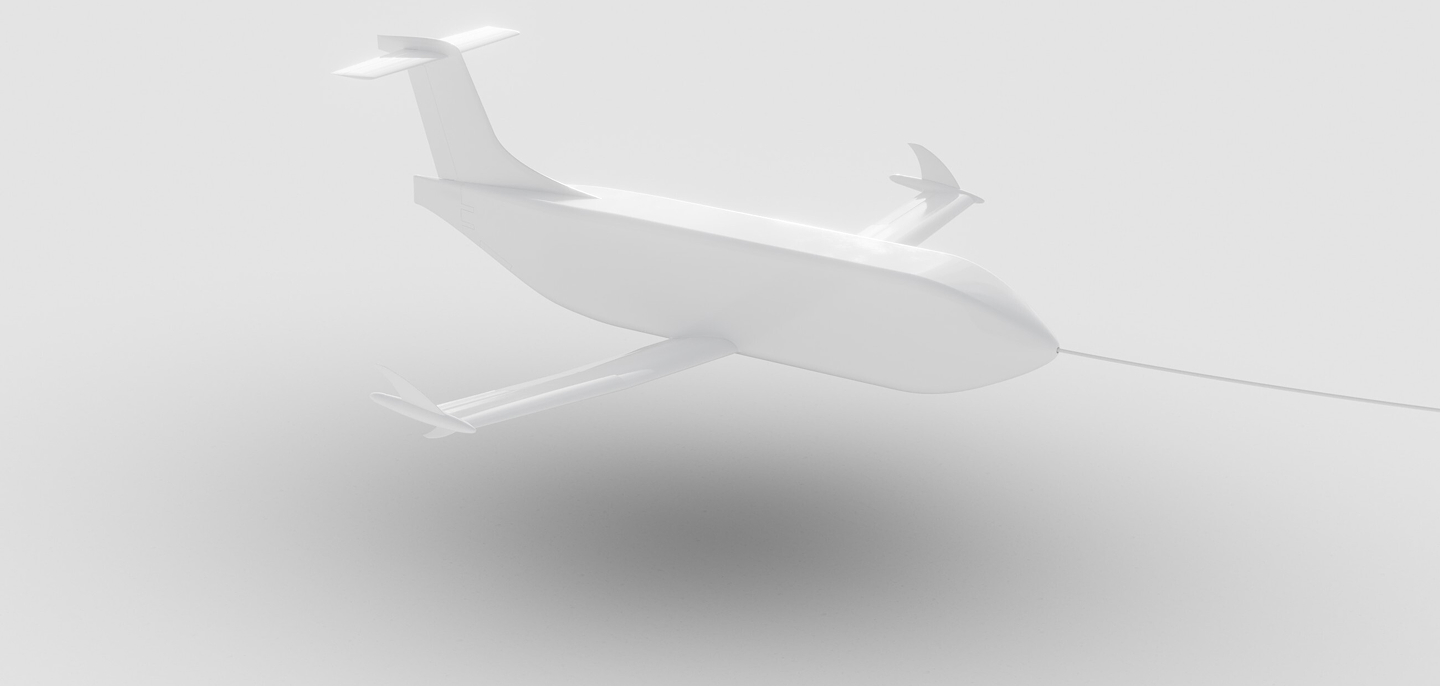WHAT WE DO
Aerocart: A Trailer. For Every Plane.
Aerocarts are engineless cargo gliders that fly in tow behind existing airplanes, riding smoothly in their atmospheric slipstreams.

Gliding behind existing aircraft, Aerocart cargo gliders bring big capacity gains and major fuel savings to every cargo flight.
WHAT WE DO
Aerocarts are engineless cargo gliders that fly in tow behind existing airplanes, riding smoothly in their atmospheric slipstreams.

An upgrade that brings the power of towed flight to planes today.
Aerocart enhances the efficiency of existing aircraft – delivering enormous benefits across the industry as a drop-in upgrade to the planes flying today.
When towing Aerocarts, planes instantly double or triple their payload capacity. This is because their capacity is limited by the takeoff / landing weight – not what they can safely pull through the air.
Aerocart flies with 65% less operating costs per cargo pound moved compared to a conventional plane. Fuel savings is key behind this outcome - positioning itself optimally in the slipstreams behind its tow partner, Aerocart is incredibly efficient.
Towed cargo gliders are capable of flying behind any plane. Aerocart is a true “drop-in” upgrade capable of instantly increasing the capacity of existing fleets of aircrafts.

Aerolane is proving the economic advantages of AeroTowing in flight tests spanning a broad swath of the American South.
Over three generations of prototype Aerocarts built from converted conventional aircraft (using the AC0 conversion kit) have collectively flown hundreds of hours of towed, formation flight under experimental authorization from our safety partners in the FAA.
Conversion Aerocarts and our advanced testing methodologies have afforded Aerolane an enormous dataset of fuel burn, mission performance, and flight dynamics data. Altogether, the data proves the incredible advantages that towed aerial vehicles bring to the aviation industry.
OUR TECHNOLOGY
Our patented autopilot technology allows Aerocarts to surf through complex wake vortices, positioning themselves safely and efficiently for takeoff, flight, and landing.
.avif)
OUR STORY
Pulling cargo - and people - by gliders has been done before at scale. Aerolane was inspired by the cargo gliders used by the US & Allied Forces during WWII to drop soldiers and equipment behind enemy lines.
.avif)